Château de Brézé is a small castle by European standards. Occupying less than 2 acres, this modest U-shaped building surrounded by a dry moat appears nothing out of the ordinary. But beneath its humble foundation lies one of Europe’s largest underground fortress.
Château de Brézé is located on the outskirts of the small village of Breze, in the Saumur region of the Loire Valley, France. It was built by Arthus de Maillé-Brézé, the then lord of the castle, in the mid-16th century. Fearing invasion from enemies and marauding Vikings, Maillé-Brézé had a large bunker built directly beneath the castle, containing living spaces, storage areas, and other amenities. These are connected by more than 3 kilometers of tunnels.

Photo: Martin Burns/Flickr
The castle stands on a bedrock of limestone surrounded by a deep chasm, the moat, that was originally dug a hundred years before Maillé-Brézé. When Maillé-Brézé became the owner of the castle, dissatisfied by the arrangements, had the castle torn down and rebuilt it in the Renaissance style. He had the moat deepened to a staggering sixty feet. From the bottom of the moat, flanked by two sheer faces of exposed limestone, it feels like one is inside a gorge. The stone excavated from the moat construction was used for building the new castle.
The underground refugee is accessible from within the moat; the entrance tunnel being dug on the moat face. The underground quarters, designed like a fortress, would have made it possible for the Maillé-Brézé family to defend itself against enemy attacks, as well as escape harsh winters and even epidemics. In times of need, they would have quickly abandoned the castle above and retreated into their subterranean refugee. Among the maze of corridors, there was every conceivable luxury including bedrooms, bakeries, cellars, kitchens, as well as room for livestock and cattle, and stables for horses. For defense, holes were carved into the walls of the corridors through which the castle defenders could shoot arrows into approaching intruders without exposing themselves. Fortunately for the Breze family, they never had to find out whether their defenses were adequate because the castle was never sieged.


Photo: Pecold/Shutterstock.com

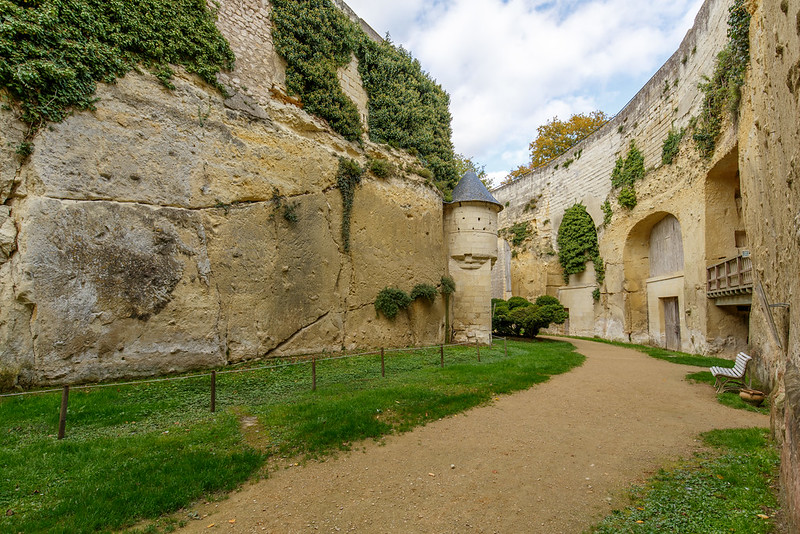


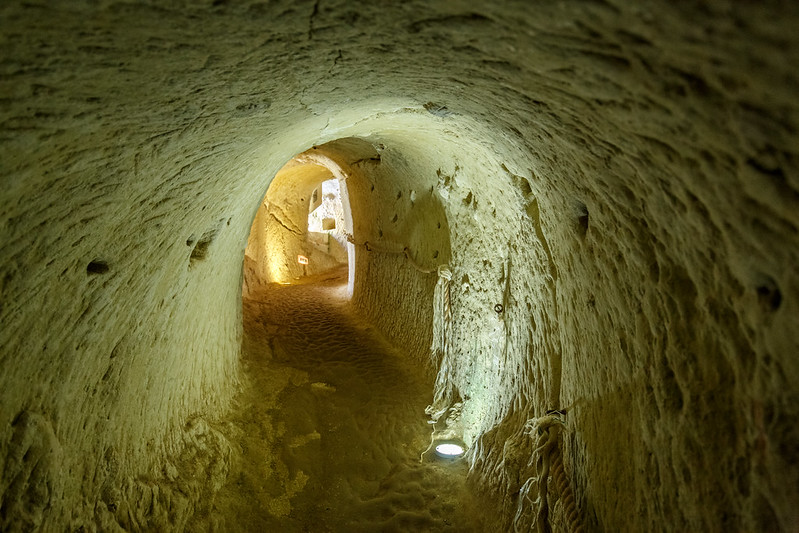
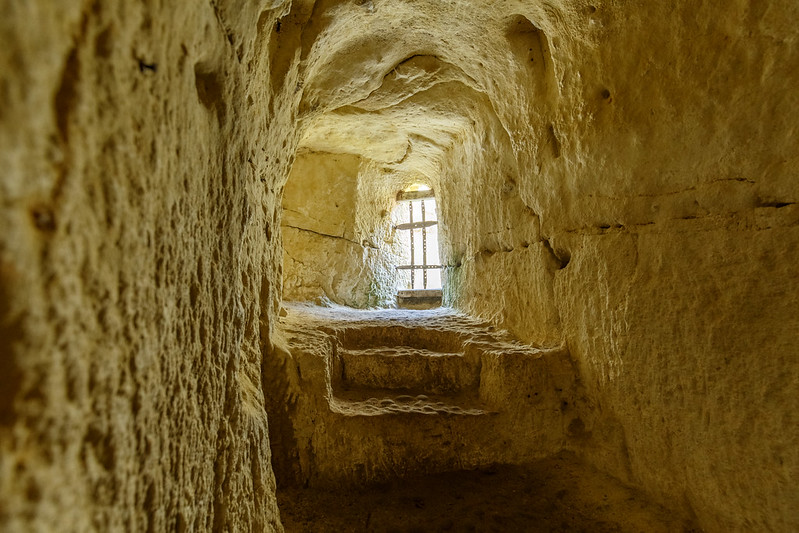
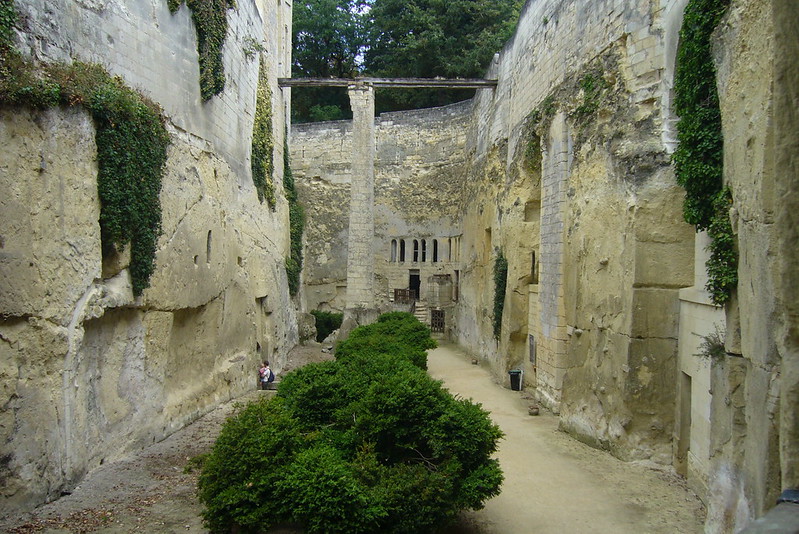
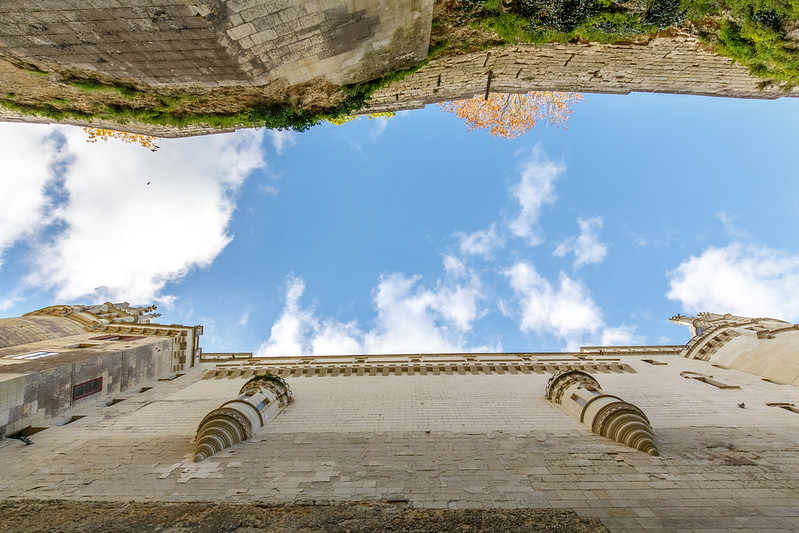











Viking invasion in the 16th century? Ummm.. not likely.
ReplyDeleteYeah, it would have been a really bad zombie invasion. ... Considering the at least 500 years difference, probably more like a skeleton invasion.
DeleteNews travelled very slow in those days!
DeletePlus I think he might have had a bit of a screw loose to boot.
"We must defend against the Mongol horde!"
"Er, Monsieur, did you say... Mongols?"
"Mais oui! Their first retreat back into Asia was just a ruse! That crafty Genghis Khan will be back. But we'll be ready this time!"